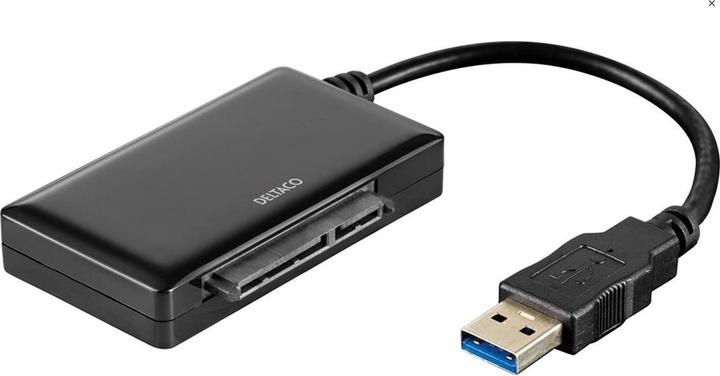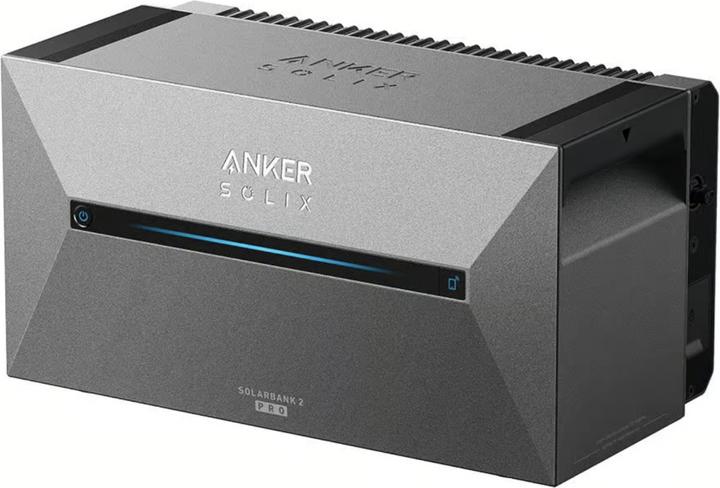
Too Many Storage Systems? Here's How to Choose the Right One
Discover the key features to consider when selecting the ideal storage system for your needs.
Last updated 3 days ago. Automatically generated content.


Select options and limit the number of products
Total capacity indicates the maximum amount of data a storage system can hold, affecting how much information can be saved and accessed. It is crucial for ensuring adequate space for current and future needs, impacting efficiency and preventing data management issues.
Popular options
Up to 5e+12 B
Typical price
4300.– to 15 000.–Ideal for personal use or small businesses with limited storage needs.
Offers a cost-effective solution without excessive capacity, ensuring data storage efficiency for essential files.
Bestseller
5e+12 - 3e+13 B
Typical price
9900.– to 26 000.–Suitable for medium-sized businesses requiring moderate storage space.
Balances capacity and cost, providing ample room for regular data management and growth.
Bestseller
3e+13 - 1.5e+14 B
Typical price
9300.– to 35 000.–Designed for large enterprises or data-intensive applications demanding extensive storage.
Provides robust capacity for substantial data storage, supporting complex operations and scalability.
Bestseller
External interfaces determine how storage systems connect to other devices, impacting data transfer speed and compatibility. Choosing the right interface is crucial for ensuring efficient data flow and seamless integration with existing technology infrastructure.
Popular options (you can select more than one)
Fibre Channel
Typical price
6900.– to 25 000.–Provides high-speed connections with low latency, suitable for enterprise-level data centers.
Ideal for environments requiring fast and reliable data transfer, supporting large-scale storage networks.
Bestseller
SAS
Typical price
1800.– to 7800.–Offers fast data transfer rates and robust reliability, commonly used in server applications.
Recommended for systems that need high performance and durability, ensuring stable and consistent operations.
Bestseller
iSCSI
Typical price
6500.– to 23 000.–Uses TCP/IP networks for transferring data, simplifying storage management over long distances.
Best for environments needing cost-effective and flexible storage solutions, enhancing scalability.
Bestseller
USB 3.0
Typical price
48.– to 300.–Provides universal connectivity and easy plug-and-play functionality with high transfer speeds.
Great for personal and small business use, offering convenience and versatility in connecting devices.
Bestseller
The interface of a storage system determines how it connects with other devices, affecting data transfer speed and compatibility. Choosing the right interface ensures optimal performance and seamless integration with existing setups, enhancing overall efficiency and reliability.
Popular options (you can select more than one)
SAS
Typical price
3600.– to 17 000.–Offers high-speed data transfer rates and robust error correction.
Ideal for enterprise environments requiring fast and reliable data access, especially for servers and high-performance computing applications.
Bestseller
SATA
Typical price
29.– to 840.–Provides cost-effective storage solutions with sufficient speed for everyday applications.
Suitable for personal computers and small businesses, offering a balance between performance and affordability.
Bestseller

Intertech CobaNitrox Sub-Raid SB-C 102 - Internal RAID enclosure with LCD display, fan - 2
Fibre Channel
Typical price
8800.– to 25 000.–Delivers extremely high-speed data transfers over long distances with low latency.
Best suited for large-scale data centers and environments demanding continuous, high-volume data processing.
Bestseller
The form factor of a storage system determines its physical size and compatibility with different devices or enclosures. Choosing the right form factor is crucial for ensuring the storage system fits within the intended setup and meets performance requirements.
Popular options (you can select more than one)
2.5"
Typical price
5200.– to 23 000.–Compact size suitable for laptops and smaller devices, offering portability and space efficiency.
Ideal for portable applications and tight spaces, providing flexibility in device integration.
Bestseller
3.5"
Typical price
1800.– to 9300.–Larger size typically used in desktop computers and servers, offering more storage capacity.
Best suited for stationary setups where space is not a constraint, providing higher storage potential.
Bestseller
Choosing the right brand for storage systems can significantly impact the durability, functionality, and design of your storage solution. Brands like Anker and Intertech offer different strengths, with Anker known for portable power solutions and Intertech recognized for robust industrial designs.
Popular brands (you can select more than one)
Anker
Specializes in compact, portable storage solutions often integrated with power supply features.
Ideal for those needing versatile, on-the-go storage options with reliable performance.
Bestseller
Intertech
Known for heavy-duty, industrial-grade storage systems.
Perfect for businesses seeking durable, high-capacity storage solutions for demanding environments.
Bestseller

Intertech CobaNitrox Sub-Raid SB-C 102 - Internal RAID enclosure with LCD display, fan - 2



